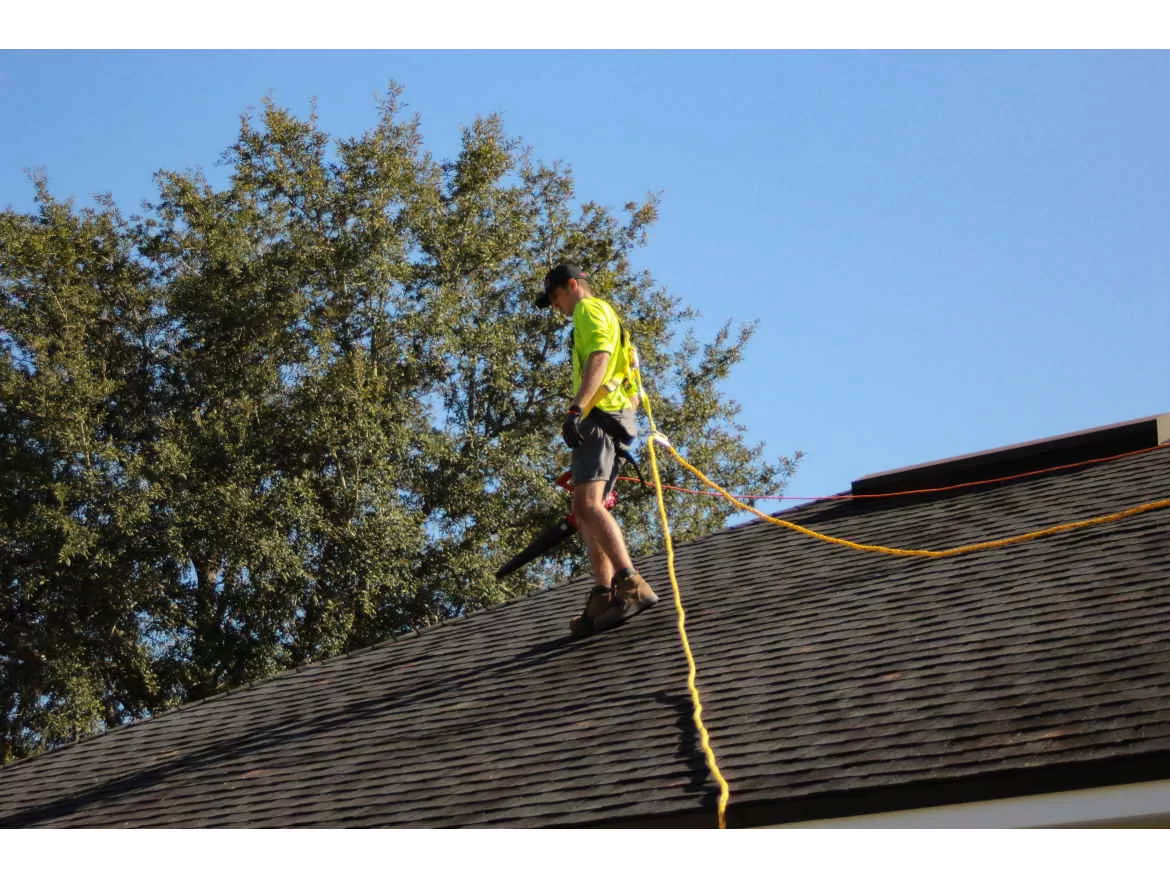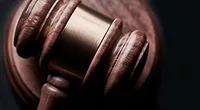Roofing Safety
Oregon OSHA Fine for Contractor Highlights Struggles of Roofing Safety
Roofing contractor says they're struggling to motivate workers to use safety equipment

Adriel Sheridan, president of J&K Roofing Company in Forest Grove, Ore., finds himself in a tough spot. He says the company has safety plans in place, including formal write-ups, training logs and termination policies for crews that refuse to comply.
Despite all this, J&K Roofing Company received its fourth citation for fall protection violations since July 2021 from the Oregon Occupational Safety and Health Administration (OSHA), resulting in a proposed $39,000 penalty. Aside from the fee potentially hitting their bottom line, Sheridan fears he’ll have no choice but to fire good workers.
“It’s unfortunate because they are fantastic roofers, they’ve been with us for 20 years, both the crews, and they were trained by us and they do great work, but they really just hate wearing their fall protection,” Sheridan said.
The ensuing incident occurred on Sept. 11 when Oregon OSHA received a complaint about a job site in Aloha where J&K Roofing Company was reroofing a two-story church. According to a news release, OSHA investigators witnessed an employee working “with no fall protection system in place” and was exposed to a potential fall of 12 feet. This was backed by employee and manager interviews and measurements of the fall hazard.
“Working at heights is dangerous. That is why there are straightforward standards employers must follow to ensure the safety of their employees," said Renée Stapleton, administrator for Oregon OSHA, in a written statement.
The agency said J&K Roofing Company was in violation of a rule requiring employers to ensure fall protection systems are provided, installed, and implemented when employees are exposed to a hazard of falling 6 feet or more to a lower level.
“Getting the job done and protecting workers do not compete with each other,” said Stapleton. “Workers have a right to be safe and healthy while on the job, and employers are required to honor that right."
Sheridan said J&K Roofing Company plans on appealing the citations on the grounds of employee misconduct.
“The crew had everything on site – they had their anchors, his harness was on, he had his glasses on, he had his ladder tied off properly,” he said. “When we were out there earlier that day to check the job they were wearing their fall protection, and after we left, they unhooked and somebody happened to drive by and see them and called OSHA.”
The $39,000 penalty included a multiplier for repeat violations, but also factored in a standard reduction based on the small size of the company.
Protecting Roofing Workers
J&K Roofing Company's situation is one roofing contractors can relate to. Fall safety has long been a problem in the roofing industry, and something RC has continually covered for decades. The latest data shows that roofing contractor workplace fatalities went up 20% in 2021, with 80% of those deaths the result of a fall. Fall prevention was the most-cited OSHA violation for the 13th year in a row in 2023.
While many roofing companies over the years have been found at fault for not providing fall prevention equipment, many other contractors struggle with getting buy-in from roofing crews. Even a company like J&K Roofing Company, which has been around since 1956 and is owned by a second-generation roofer, grapples with this issue.
Per J&K Roofing Company’s disciplinary policies, Sheridan said crewmembers are on their “final warnings” following this most recent incident, and any further issues will result in termination. He said it would ultimately hurt the company to let them go, but he is left with few options.
“I’ve actually fired two crews for not wearing [fall protection], but it just doesn’t seem to have as big of an impact because most of these guys know that they can just go somewhere else and get a job tomorrow,” Sheridan said.
Sheridan said his last-ditch effort to ensure crews are working safely is to implement roofing-based photo software and requiring workers to take daily photos of themselves using the safety equipment. Those who comply and follow safety protocols will receive monthly safety bonuses. He admits it’s not foolproof, but hopes it inspires crews to put on – and keep on – their safety gear.
“We can show a pretty clear path that we have been making massive amounts of efforts to correct this behavior, and unfortunately it just has not been as successful as we’d like,” he said.
Looking for a reprint of this article?
From high-res PDFs to custom plaques, order your copy today!







